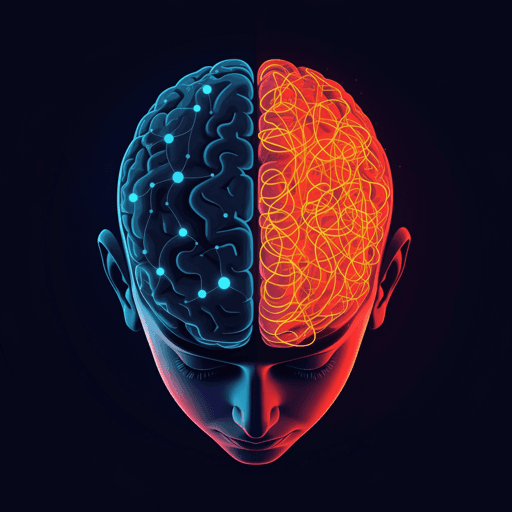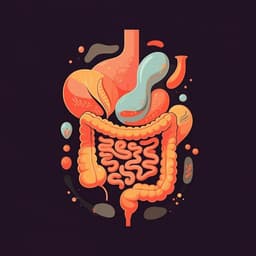
Medicine and Health
Diagnosis of adolescent depression with sleep disorder based on network topological attributes and functional connectivity
S. Hu, X. Zuo, et al.
Using resting-state fMRI and brain network metrics, this study predicts sleep disorders in depressed adolescents by combining betweenness centrality and functional connectivity — finding altered BC in MTG.R, DCG.L and CAU.L and pronounced MOG.L–MTG.R connectivity changes. An SVM achieved 81.40% LOOCV and 74.19% external accuracy. Research conducted by Authors present in <Authors> tag.
~3 min • Beginner • English
Related Publications
Explore these studies to deepen your understanding of the subject.







